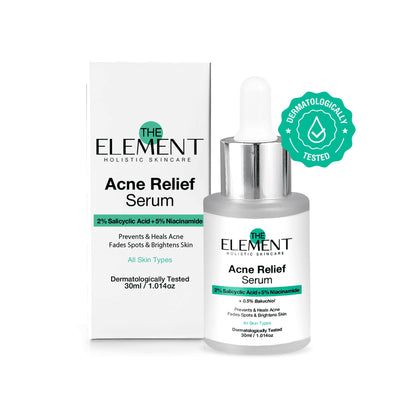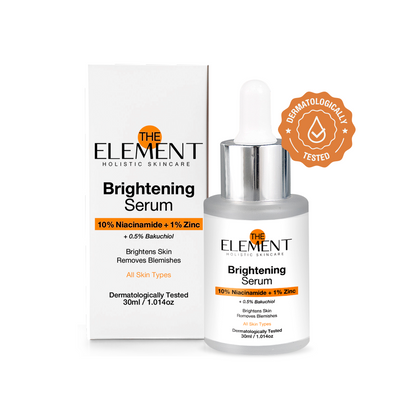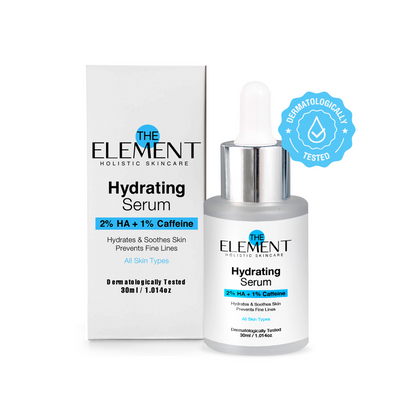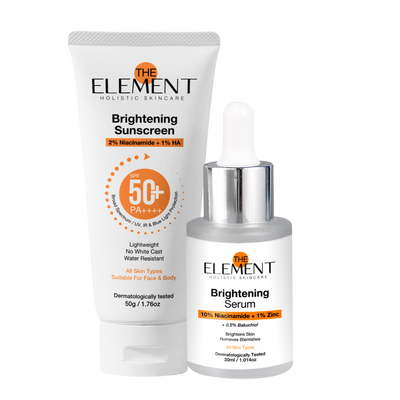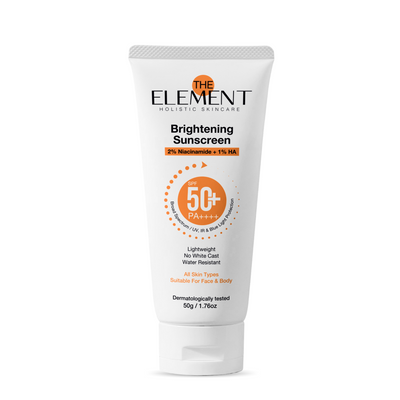Salicylic Acid and Lactic Acid: What happens when these are used together?

Introduction: Why Salicylic Acid and Lactic Acid Are Trending in Skincare
If you’re passionate about skincare, you’ve likely heard about the transformative effects of salicylic acid and lactic acid. These two ingredients are celebrated for their ability to address a range of skin concerns, from acne and dullness to uneven texture and clogged pores. But can you use lactic and salicylic acid together? What are the benefits, and how do you incorporate them safely into your routine? This guide answers all your questions, backed by expert insights and the latest research.
What Are Salicylic Acid and Lactic Acid?
Understanding Salicylic Acid
Salicylic acid is a beta hydroxy acid (BHA) known for its oil-soluble properties. It penetrates deep into pores, dissolving excess sebum and dead skin cells. This makes it a go-to for treating acne, blackheads, and oily skin.
Understanding Lactic Acid
Lactic acid, on the other hand, is an alpha hydroxy acid (AHA) derived from milk or fermented vegetables. It works on the skin’s surface, gently exfoliating dead skin cells and promoting cell turnover. Lactic acid is especially beneficial for dry, sensitive, or mature skin, as it hydrates while exfoliating.
Benefits of Using Lactic Acid and Salicylic Acid Together
Combining lactic acid with salicylic acid can offer a synergistic effect, addressing multiple skin concerns at once. Here’s how:
- Dual Exfoliation: Lactic acid exfoliates the surface, while salicylic acid clears pores from within, resulting in smoother, clearer skin.
- Improved Texture and Tone: Regular use can fade dark spots, reduce roughness, and even out skin tone.
- Acne and Congestion: The combination targets both the root causes of acne (clogged pores and dead skin buildup).
- Hydration and Clarity: Lactic acid’s humectant properties help maintain moisture, balancing the sometimes-drying effects of salicylic acid.
Expert Insight:
"Combining AHAs like lactic acid with BHAs such as salicylic acid can be highly effective for patients with both acne and texture concerns. However, it’s important to introduce them gradually to avoid irritation," says Dr. Priya Sharma, board-certified dermatologist.
How to Use Lactic Acid and Salicylic Acid in Your Skincare Routine
Can You Use Lactic Acid and Salicylic Acid Together?
Yes, but with caution. Both acids are potent exfoliants, so overuse can lead to irritation, redness, or sensitivity. Here’s how to safely incorporate lactic acid with salicylic acid:
- Alternate Days: Use lactic acid on one night and salicylic acid on another, especially if you’re new to acids.
- Layering: If your skin is accustomed to acids, you can layer them—apply lactic acid first, wait a few minutes, then follow with salicylic acid. Always patch test first.
- Moisturize: Follow with a gentle, hydrating moisturizer to support your skin barrier.
- Sun Protection: Both acids increase sun sensitivity. Always use a broad-spectrum SPF during the day.
Face and Body Washes: Using Lactic Acid and Salicylic Acid Together
Both salicylic acid and lactic acid are commonly formulated together in face washes and body washes, making them an excellent choice for daily exfoliation and deep cleansing. Most dermatologists recommend looking for products containing salicylic acid at concentrations of 0.5% to 2% and lactic acid at concentrations of 2% to 5% for safe and effective use on both the face and body. When used together in these concentrations, salicylic acid penetrates deep into pores to dissolve excess oil and prevent breakouts, while lactic acid gently exfoliates the skin’s surface, improving texture and radiance. This combination is especially beneficial for those dealing with body acne, keratosis pilaris (rough, bumpy skin), or dullness, as it helps to unclog pores, smooth rough patches, and promote a more even skin tone. Additionally, lactic acid’s hydrating properties help counteract the potential dryness from salicylic acid, making these washes suitable for regular use without overly stripping the skin.
Expert Recommendations
Look for products that combine lactic acid and salicylic acid in these effective concentrations, or use separate serums/toners as part of a customized routine. Some popular options include:
- Exfoliating toners with both acids
- Overnight peels
- Spot treatments
- Face and body washes with 0.5–2% salicylic acid and 2–5% lactic acid
Challenges and Precautions
While the benefits are impressive, there are some challenges to consider:
- Irritation Risk: Over-exfoliation can cause redness, peeling, or sensitivity.
- Not for Everyone: Those with very sensitive or compromised skin should consult a dermatologist before using both acids.
- Interactions: Avoid combining with other strong actives (like retinoids or vitamin C) in the same routine.
Expert Tip:
"If you experience stinging or persistent redness, reduce frequency or switch to a single acid. Listen to your skin," advises Dr. Anjali Mehta, cosmetic dermatologist.
The Future of Lactic and Salicylic Acid in Skincare
The demand for multi-acid products is rising, with brands innovating gentle yet effective formulas. Expect to see more products that combine lactic acid and salicylic acid with soothing ingredients like niacinamide, ceramides, and hyaluronic acid for balanced results.
Conclusion: Should You Try Lactic Acid with Salicylic Acid?
Lactic acid and salicylic acid are a powerful duo for anyone seeking clearer, smoother, and more radiant skin. When used thoughtfully, they can address a wide range of concerns, from acne to dullness. Start slow, listen to your skin, and consult a dermatologist if unsure.
Frequently Asked Questions (FAQ)
Q: Can I use lactic acid and salicylic acid together every day?
A: It’s best to start with alternate days or consult a dermatologist, as daily use can cause irritation for some skin types.
Q: Which should I apply first, lactic acid or salicylic acid?
A: Apply lactic acid first, wait a few minutes, then follow with salicylic acid if layering. Always patch test.
Q: Are there any side effects of using lactic acid with salicylic acid?
A: Possible side effects include redness, dryness, or sensitivity. Reduce frequency if irritation occurs.
Q: Can I use other actives with lactic and salicylic acid?
A: Avoid using strong actives like retinoids or vitamin C in the same routine to prevent irritation.
Q: Who should avoid using both acids?
A: Those with very sensitive, compromised, or eczema-prone skin should consult a dermatologist before use.

